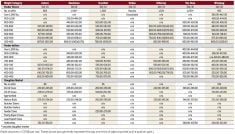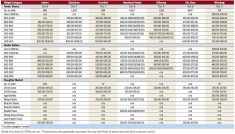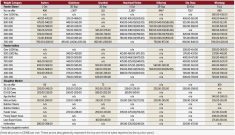Reuters – American farmers are raising the fewest beef cows since at least 1971, according to U.S. government data released July 21.
Drought conditions in North America have whittled herds, likely boosting costs for meatpackers.
There were 29.4 million beef cows in the U.S. as of July 1, down 2.6 per cent from a year earlier, the U.S. Department of Agriculture said in a biannual report. It was the smallest herd for that date since the government began keeping the records 52 years ago and reflected a fifth year of declining beef cow numbers.
Read Also

Finally getting paid for sustainable farming?
Alberta project says they might have a line on a workable ecosystem credit model to reward farmers for sustainability, and Manitoba might be next
Annual records of the herd size as of Jan. 1 go back farther. The number of American beef cows at the start of this year was the lowest since 1962 at 28.92 million head.
Ranchers have increasingly sent cows to market as dry weather reduces available pasture.
“The dynamic is not there yet where you’re going to see a real shortfall in the number of cattle going on feed,” said Altin Kalo, economist for Steiner Consulting.
Tight cattle supply means meat processors like Tyson Foods, Cargill and JBS SA’s U.S. unit will pay elevated prices for cattle until producers start the years-long process of rebuilding the herd, analysts said.
Longer-term plans for new slaughter plants to open in coming years indicate processors will also increasingly need to compete with each other to buy limited numbers of cattle.
“The next two to three years are going to be a bloodbath for packer margins,” said Rich Nelson, chief strategist for brokerage Allendale.
The USDA, in a separate report, said producers placed 1.68 million cattle in feedlots in June to fatten them for slaughter, up three per cent from 2022. Analysts, on average, had expected placements to decline 1.6 per cent from last year.















